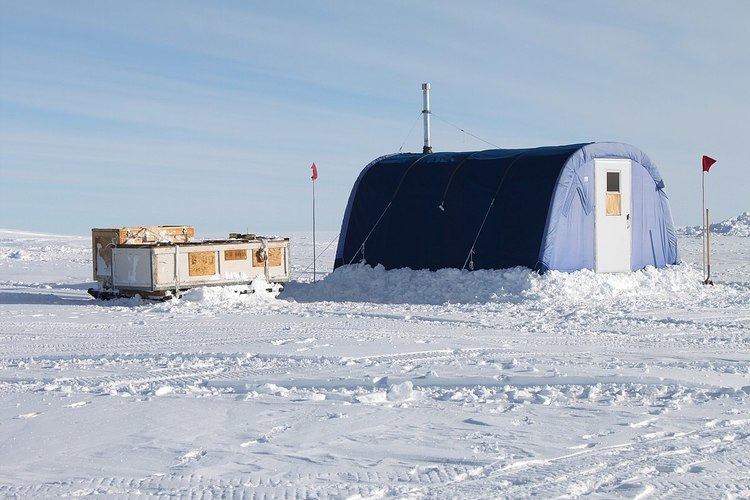 | ||
Siple Dome (81°40′S 148°50′W) is an ice dome approximately 100 km wide and 100 km long, located 130 km east of Siple Coast in Antarctica. Charles Bentley and Robert Thomas established a "strain rosette" on this feature to determine ice movement in 1973-74. They referred to the feature as Siple Dome because of its proximity to Siple Coast.
Contents
Siple Dome ice core
The Siple Dome [ice core] project (79.468° S 112.086° W) was conducted by the United States National Science Foundation. The deepest ice was recovered in 1999 from 974 m, with an age of 97,600 years.
It best known for the poorly-explained steps in water isotopes during the deglacial, which are unique to this core and may indicate a rapid decrease in the surface elevation of the adjoining ice streams during the deglacial and a record of atmospheric carbon dioxide. The Chief Scientist was Kendrick Taylor.
